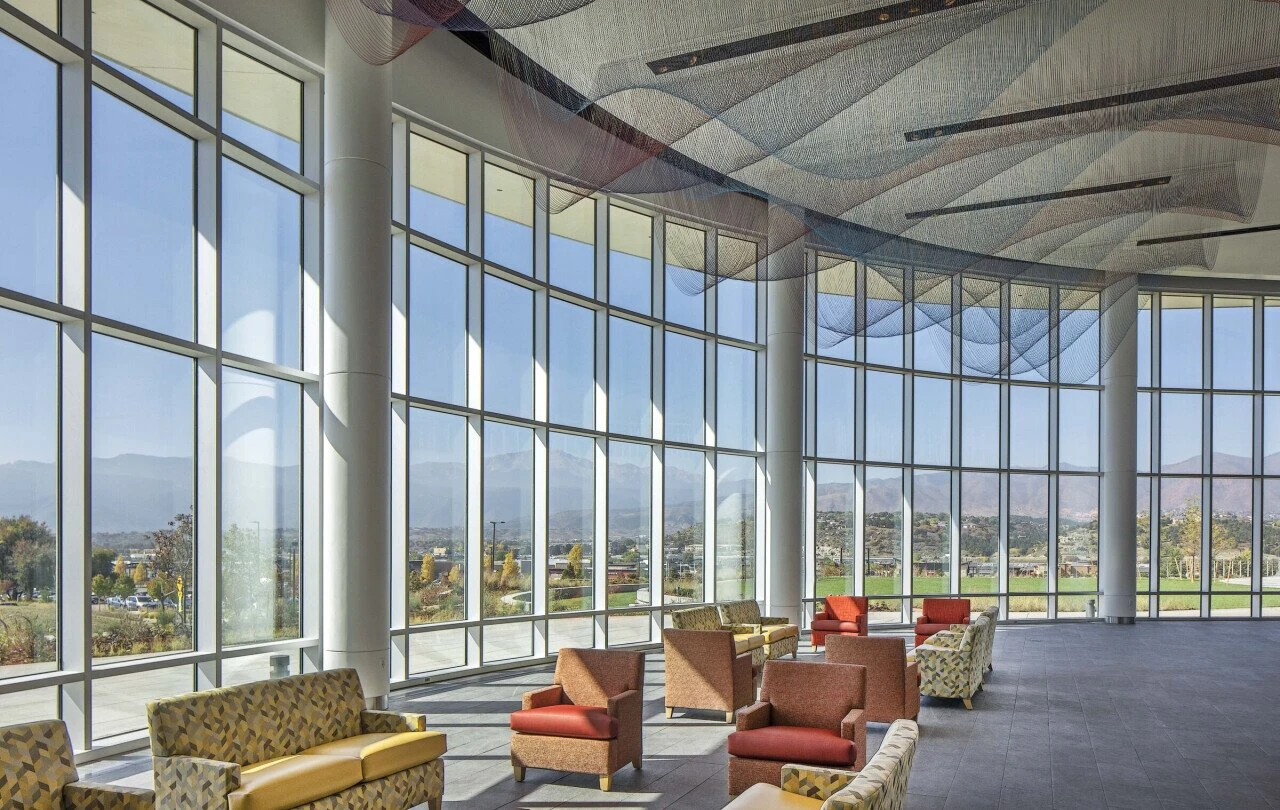

Low-E 366 Glass with Argon The Ultimate Solution for Energy Efficiency
In today’s world, energy efficiency has become a significant concern for homeowners and builders alike. With rising energy costs and the increasing impact of climate change, there is an urgent need to implement effective solutions that can help reduce energy consumption. One such solution that has gained popularity in recent years is Low-E (low emissivity) glass, particularly the Low-E 366 glass filled with argon gas.
What is Low-E Glass?
Low-E glass is a type of energy-efficient window glass that has a specialized coating designed to reflect infrared light while allowing visible light to pass through. This unique feature promotes energy savings by reducing both heating and cooling demands within a building. The 366 designation refers to the specific properties of the glass, which is optimized to reflect a significant percentage of solar heat gain while still allowing ample natural light to enter.
The Role of Argon Gas
One of the key components enhancing the performance of Low-E 366 glass is argon gas, an inert gas that is denser than air. When used as a filler between the glass panes in insulated glass units (IGUs), argon acts as an effective insulator. This additional layer of insulation minimizes heat transfer, significantly improving the thermal performance of windows. Consequently, buildings equipped with Low-E 366 glass filled with argon gas remain cooler in the summer and warmer in the winter, leading to energy savings throughout the year.
Benefits of Low-E 366 Glass with Argon
1. Energy Efficiency The primary advantage of Low-E 366 glass filled with argon is its energy-efficient properties. This combination significantly reduces heating and cooling costs, making it an excellent investment for both residential and commercial buildings.

2. UV Protection Low-E glass effectively blocks harmful ultraviolet (UV) rays, which can cause fading of furniture, carpets, and artwork. This added protection extends the life of interior furnishings and maintains the aesthetic appeal of spaces.
3. Condensation Resistance The insulating properties of argon-filled Low-E glass help in reducing condensation on windows, which can lead to mold growth and damage to window frames. By minimizing condensation, this glass type contributes to healthier indoor air quality.
4. Comfort Homes and buildings utilizing Low-E 366 glass with argon gas provide enhanced comfort. These windows maintain stable indoor temperatures, eliminating drafts and cold spots, ensuring a cozy environment for occupants.
5. Sustainability By reducing energy consumption, Low-E 366 glass contributes to a lower carbon footprint. Utilizing energy-efficient materials in construction is crucial for sustainable building practices and addressing global environmental concerns.
Applications of Low-E 366 Glass with Argon
Low-E 366 glass with argon gas is an excellent choice for various applications. It can be utilized in residential buildings, commercial offices, schools, hospitals, and more. Whether in new construction projects or renovations, the versatility of this glass allows it to fit seamlessly into different architectural styles while delivering superior performance.
Conclusion
As the push for energy efficiency continues to grow, Low-E 366 glass filled with argon gas stands out as a leading solution. Offering an array of benefits, including reduced energy costs, UV protection, condensation resistance, and enhanced comfort, it is a wise investment for anyone looking to improve their buildings' performance. Choosing this advanced glazing option not only contributes to immediate savings but also supports a more sustainable and environmentally friendly future. Whether you’re a builder, architect, or homeowner, considering Low-E 366 glass with argon gas might be one of your best decisions in the quest for energy efficiency and superior comfort.